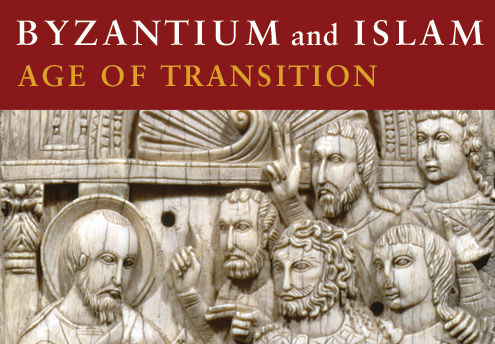At the far southeastern corner of Europe, on a little tongue of land still defended by a long line of massive walls and towers, there stands a splendid city, Istanbul. After 330, when the first Christian Roman emperor Constantine the Great made it his capital, it was often called Constantinople, but it also retained its ancient name Byzantium. For more than eleven hundred years thereafter it remained the capital of the Eastern Roman Empire.
The waters that surround it on three sides are those of the Sea of Marmora, the Bosporus, and the city’s own sheltered harbor. A few miles to the north, up the narrow, swift-flowing Bosporus, lies the entrance to the Black Sea. To the southwest, the Sea of Marmora narrows into the Dardanelles, a long passage into the Aegean.
The Dardanelles, the Sea of Marmora, and the Bosporus connect the Black Sea with the Mediterranean and separate Europe from Asia. Together, these are the Straits, perhaps the most important strategic waterway in European diplomatic and military history. The city dominates the Straits. To the Slays of Russia and the Balkans, this city has always been Tsargrad—city of the emperor. It was the center of a civilization similar in many ways to that of medieval western Europe, yet startlingly different in others.

